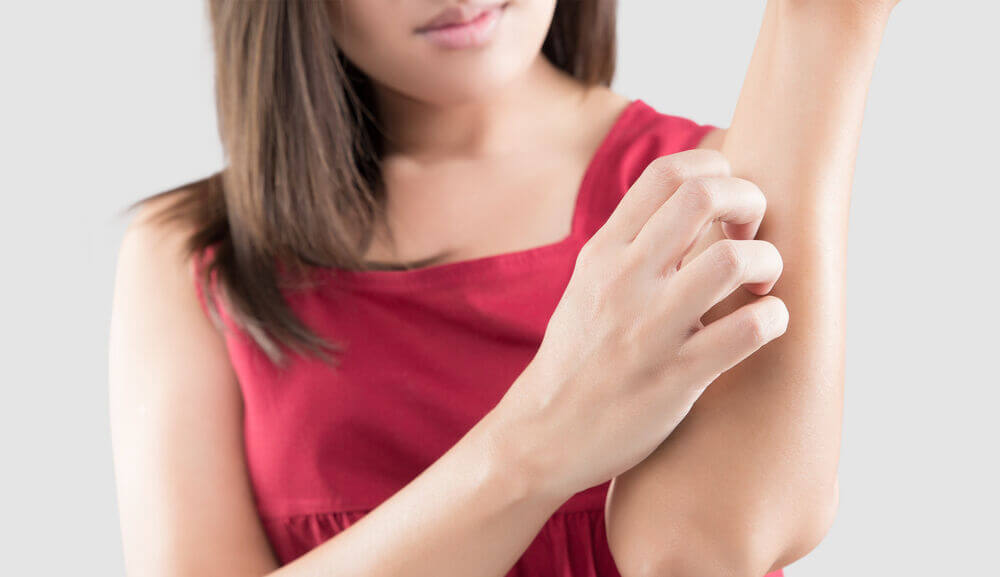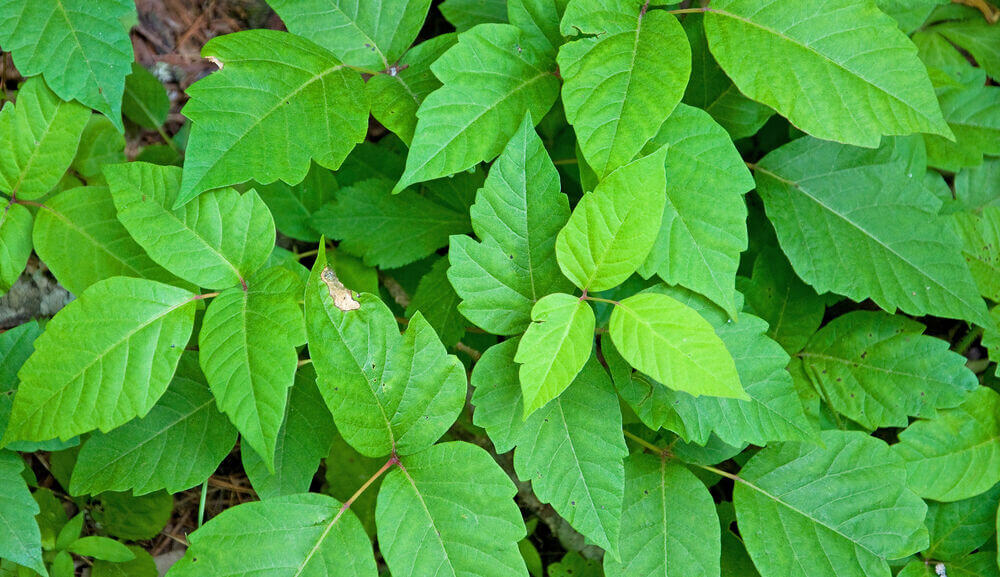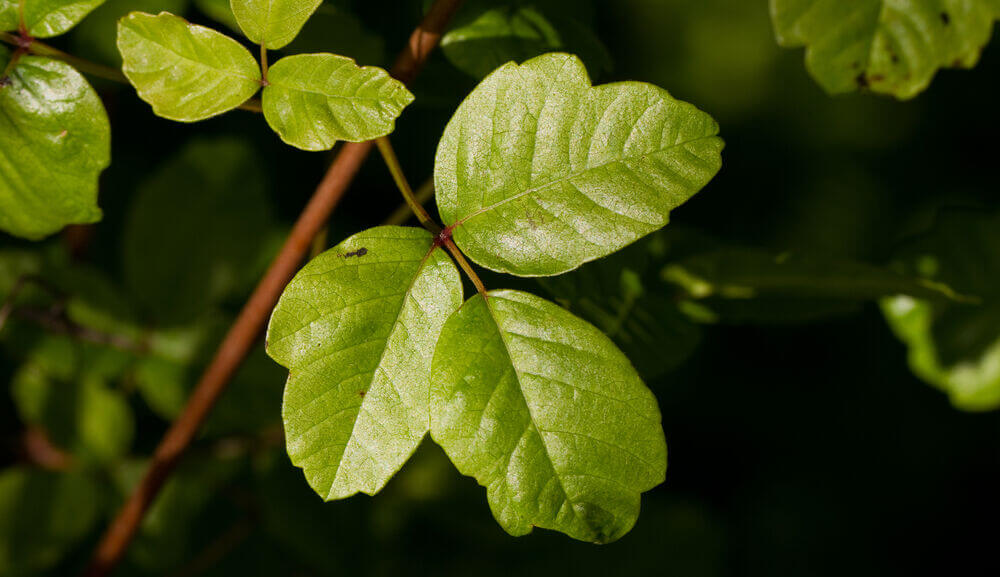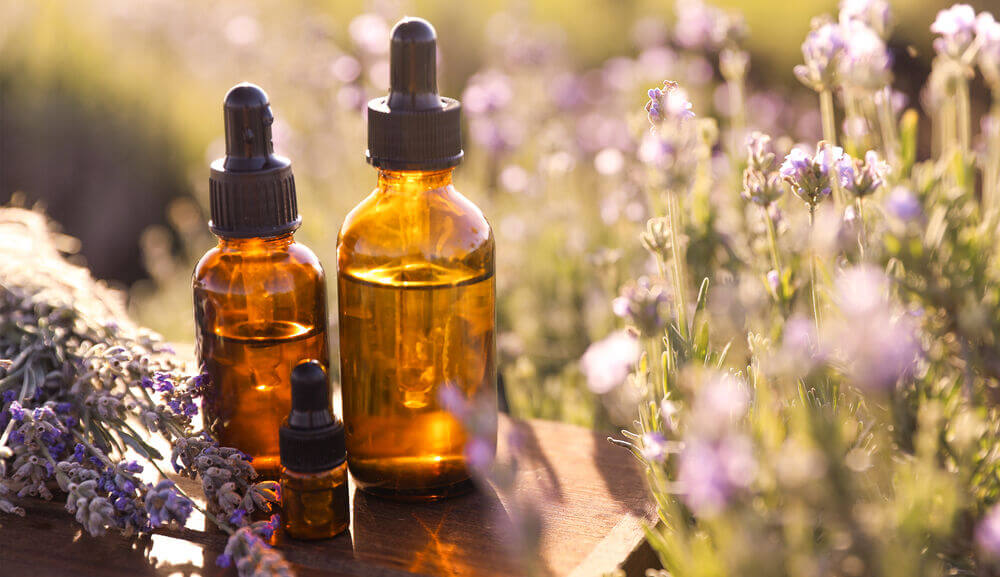Symptoms of each itchy plant, and how to soothe skin naturally
Written by: 100% PURE ®
As the temps rise, we’re all itching to spend more time outside. But what we’re not itching for are rashes courtesy of the great outdoors: bug bites, poison ivy, and poison oak.
While encounters with these plants can be unpleasant and itchy, there are some trusty essential oils that can offer relief. Follow along to see which essential oils can help treat itchy skin!
Whether you’re gardening or hiking, it’s almost inevitable to have a run in with poison ivy or poison oak. These plants leave their mark in the form of itchy, inflamed skin and painful rashes.
Check out the similarities between poison ivy and poison oak – how the plants differ – and how to identify them before they put a damper on your outdoor fun.
Poison Ivy AND Poison Oak:
Grow in wooded or marshy areas throughout North America
Grow as a vine or bush
Lack thorns
Leaves vary by size, and are shiny with smooth or slightly notched edges
Have white spring flowers and red berries
The leaves and stems of poison ivy and oak contain sap with a sticky, long-lasting oil called urushiol. This toxic oil irritates the skin of most people, causing an itchy, blistering rash after contact with it. Even slight contact, like brushing up against the leaves, can leave the oil behind.
While these plants are extremely similar looking, there are a few ways to tell them apart.

Poison Ivy:
Hairy or fuzzy-looking vines
Grow as clusters of three leaves, one on each side and one in the center
Smaller leaves with smooth or slightly notched edges
Leaves are intense green color (depending on time of year)
Primarily grows in much of the U.S. except Alaska, Hawaii, and some parts of the West Coast
Leaves are shiny and often almond shaped
Usually grows close to the ground

Poison Oak:
-
Larger leaves and more rounded like an oak leaf
-
Grow in groups of three, five, or seven leaves
-
Duller green and has leaflets that have hair on both sides
-
Leaves feature a textured, hair-like surface
-
Usually grows as a low shrub on the East Coast, but as a long vine or tall clump on the West Coast
-
Primarily grows in the wester and southeastern U.S.
While it may not be possible to have at least one run in with poison ivy or poison oak, knowing what symptoms to look for can help with the speediest rash recovery!
Poison ivy and poison oak can be pretty tricky to tell apart – not only from each other, but from other plants. Wearing long-sleeves, pants, and closed-toe shoes can be the simplest way to protect your skin when you're in wooded areas. But it’s not the most comfortable option with rising temps.
If you do have an unfortunate brush with one of these plants, here are some common signs to look for so you can seek appropriate treatment. And remember, don’t scratch!
Tip #1
Some rashes don’t appear immediately. They can form anywhere within 24 to 72 hours of contact. Though rashes peak within a week, they can last as long as 3 weeks!
Tip #2
A rash from poison ivy or poison oak looks like patches or streaks of red, raised blisters where the plant has touched the skin. The rash doesn’t usually spread unless urushiol is still in contact with your skin.
Tip #3
When camping, be careful what you forage for firewood and tinder. It’s not recommended to burn leaves, which could include poison ivy or poison oak. These plants put out chemicals that can irritate your eyes or nose – or worse, lungs.
Tip #4
Unlike contagious colds, you can’t catch a skin rash from someone who has had contact with poison ivy or oak – even if you accidentally come into contact with the blisters. You CAN catch a rash from that person’s clothes or bed sheets if the oils are still on them.
Tip #5
Just because you’ve escaped the wrath or poison ivy or oak before doesn’t mean you’re in the clear. According to the American Academy of Dermatology, about 85% of people are allergic to urushiol – no matter the age.
Tip #6
Urushiol sticks to skin, so if you’ve had contact with the oil, immediately wash the area with lukewarm water and soap or use rubbing alcohol or alcohol wipes to remove it. Keep the area cool, dry, and clean.
Tip #7
If your Fido or Fluffy explores wooded areas, the urushiol from poison ivy or oak can linger on their fur and rub off on you. Bath them wearing gloves. Gardening tools, clothing, and sporting equipment can also carry this risk.

When an itchy rash from poison ivy or oak takes up residence on our skin, we tend to rush to the most obvious, conventional treatment or calamine lotion. While it’s a trusty option for some things, other more natural options can be an effective go-to for rash relief.
While we love essential oils for just about everything, these magical elixirs do wonders for healing itchy, inflamed skin. Since the treatment for poison ivy or oak may not be the same, it’s important to choose which oil will remedy your rash.
Here are a few essential oils that meet this criteria!
Calendula
Calendula is a delightful yellow flower that has been used historically to treat inflammation. This wonder oil has natural antifungal, anti-inflammatory, and antibacterial properties, making it useful in soothing irritated skin to treating and healing wounds from scratching.
Lavender
Lavender oil has definitely earned its reputation for soothing even the most inflamed rashes. It’s well-known to lower inflammation while reducing pain and discomfort – common symptoms with a run-in with poison ivy or oak. This delicious-smelling oil also has analgesic properties, meaning it relieves pain.
Eucalyptus
Eucalyptus oil is a wonderful ingredient for rehydrating skin and preventing dryness. These properties may help during the later stages of a poison ivy or poison oak rashes, when your skin becomes dry and itchy. The potent oil also helps keep blisters at bay.
Peppermint
Peppermint oil is one of our favorite skin-soothing essential oils. It has cooling effects for red, irritated skin and antibacterial properties for those tempted to scratch itchy skin. This refreshing oil also has natural antiseptic and analgesic properties, making it an ideal pain reliever for inflamed skin.
Myrrh
Myrrh, a resin that can come from several types of trees, has long been used to treat pain and inflammation. Myrrh essential oil works as both an analgesic and anti-inflammatory, which may help with the pain and swelling that accompany poison ivy and oak rashes in their early stages.
Tea Tree
We know tea tree oil to be one of the best-known essential oils for pimples, but this potent oil is also exceptionally powerful at reducing redness, itching, and irritation common with rashes. Thanks to its antimicrobial properties, tea tree can also help prevent infection if you accidentally scratch poison ivy or poison oak blisters.
- Tags: June-2021
We carefully hand-select products based on strict purity standards, and only recommend products we feel meet this criteria. 100% PURE™ may earn a small commission for products purchased through affiliate links.
The information in this article is for educational use, and not intended to substitute professional medical advice, diagnosis, or treatment and should not be used as such.

